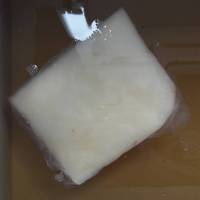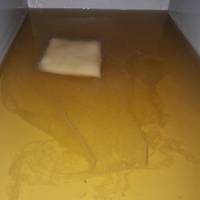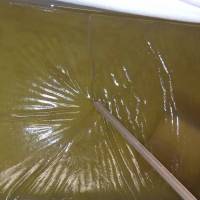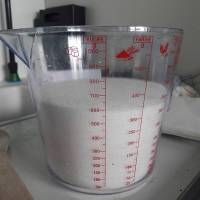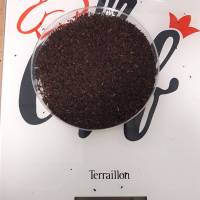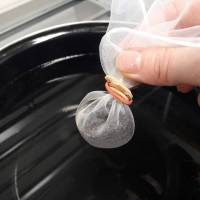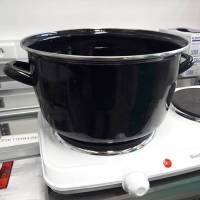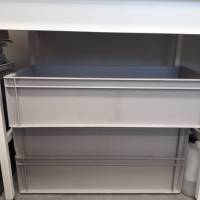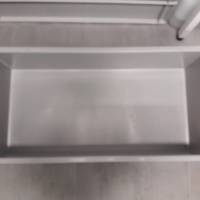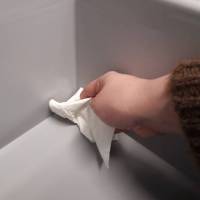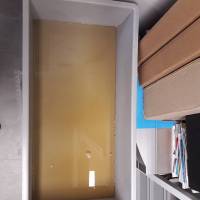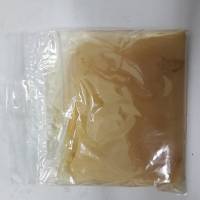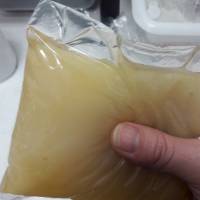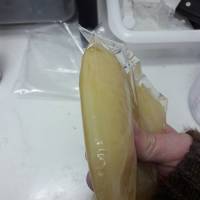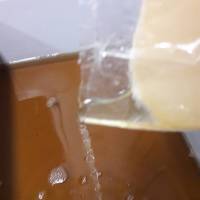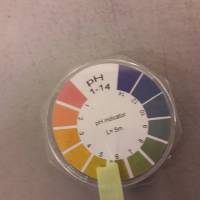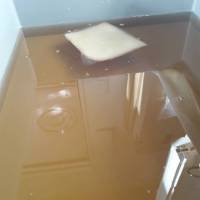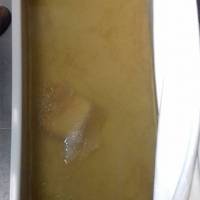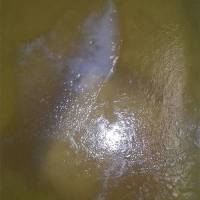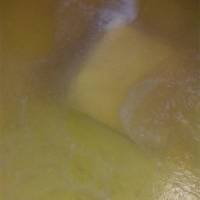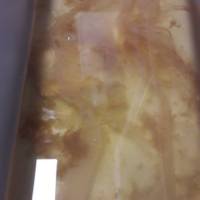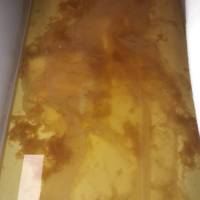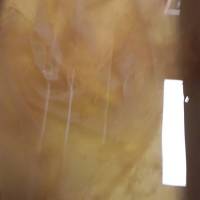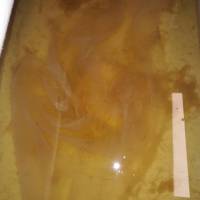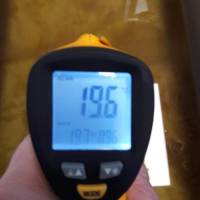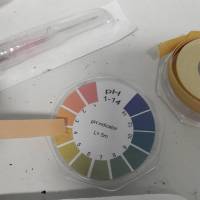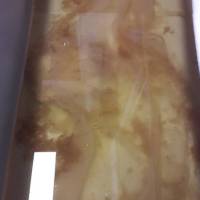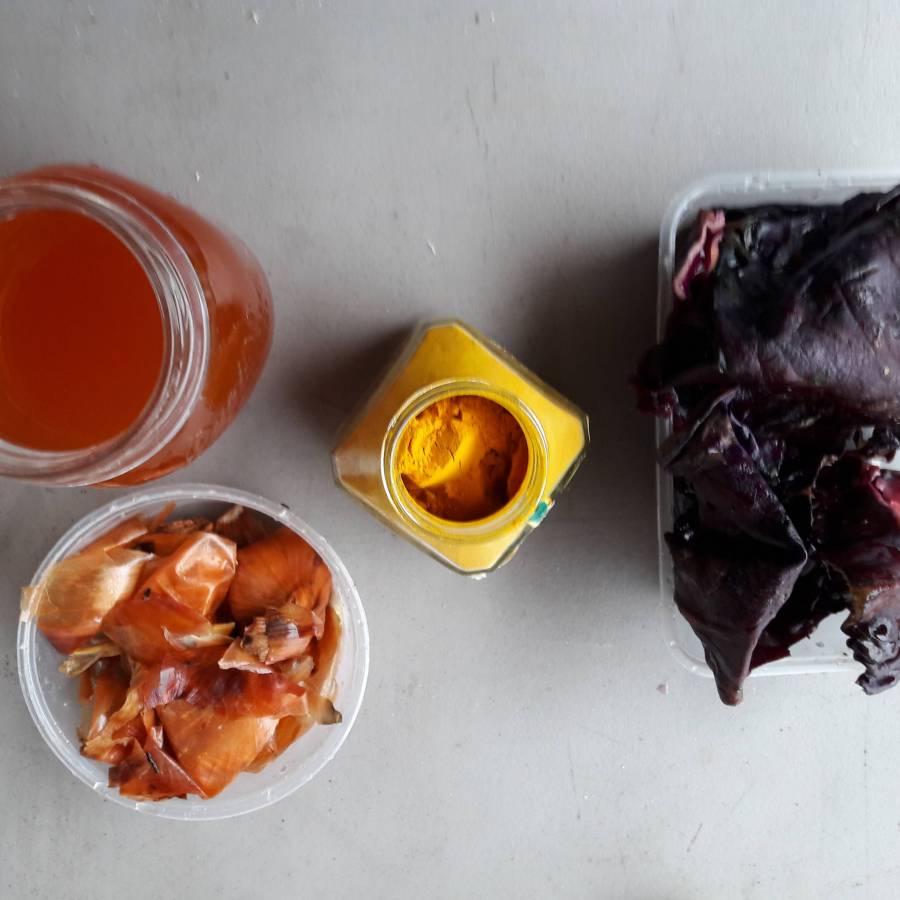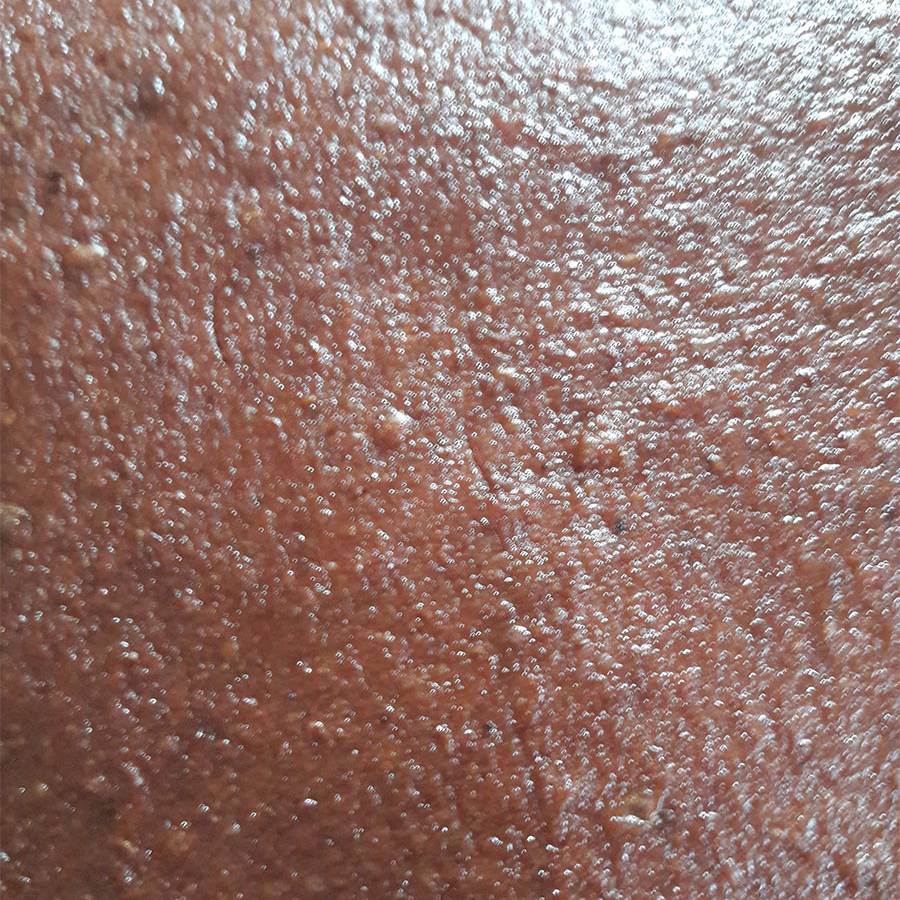Table of Contents
Class 4 : BIO DYES & BIOFABRICS
KOMBUCHA
Techniques
- yeast and fermentation
Materiel
- water
- tea
- sugar
- vinegar
- Mother scoby online
Tools
- saucepan
- hallway
- metering glass
- ph control
- thermometer
- cooking hob
- plastic bin
- fabric
Assignment Project Description
The students can work in group, identifying tasks and splitting them, as long as they all proof they are able to carry out each task. They can choose to: Produce at least one natural dye, modifying it’s colour and mordanting it in different ways to dye at least 2 different categories of fibers. Explore dyeing with bacteria of different fibers and bacteria. grow kombucha in a container to make leather
Inspirations & References
1/Measure quantities of tea and sugar
2/ gather the ingredients
3/Sanitize the container
4/Wait until the temperature drops to 25 degrees Celsius
5/plunge the scooby into the container
6/Calculate the ph of the water
Add vinegar if you want to acidify your bath. 3 PH is good and plays an important role in protecting the SCOBY from microbial invaders. ExternalKombucha Defense Mechanisms
7/kombucha temperature follow-up
the bath temperature is variable and below 25 degrees Celsius
8/a thick opaque layer forms on the top
9/ A new layer is formed to replace the previous one
By moving the film with a stick, I altered its growth. The film was immersed in the bath but no longer remained on the surface.
Improvements and Challenges
I will cut in 3 the stump of kombucha to make it grow in 2 other trays, the heat produced should make it possible to warm up some degrees the whole and allow a better growth to reach a thickness of 60 mm.
